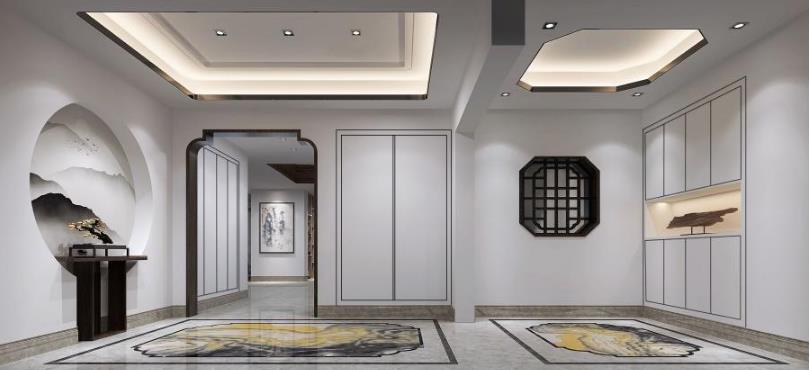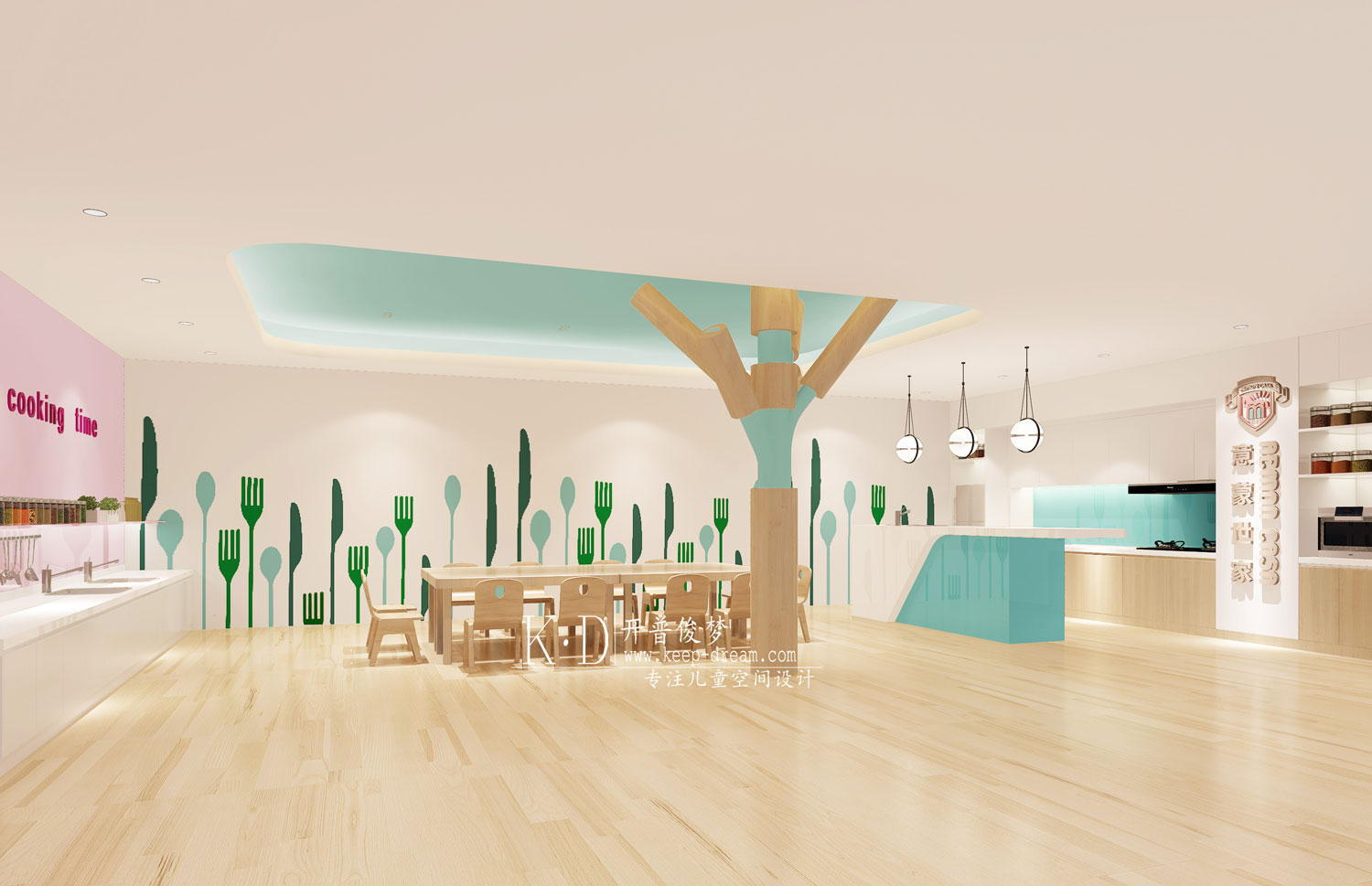R House Frei + Saarinen
2013-03-13 01:00
架构师提供的文本描述。弗雷·萨里宁(Frei Saarinen)在苏黎世附近的基尔奇贝格(Kilchberg)首次提出了关于如何建造一个居住空间的声明:在一个圆形窗户的立方体空间的熟悉结构中,一个宽敞富饶的区域展现在三个理念的基础上:
Text description provided by the architects. Frei + Saarinen’s first constructed statement on how to build a living space now stands in Kilchberg near Zurich: within the familiar structure of a cubic space with circular windows an area of spacious opulence unfolds which is based on three ideas:
首先是底层,它由一个交错的空间概念组成,通过三个轻微弯曲的偏移层将东西方园林连接起来。在光线的照耀下,L形的墙壁相互交织在一起,以致于笛卡尔式的相互作用,这就定义了居住和进食区域的氛围,它们的楼面面积不少于14个角。
Firstly there is the ground floor which consists of an interlaced spatial concept connecting the East and West gardens through three slightly meandering offset tiers. Illuminated by streaks of light, the L shaped walls are so entwined in each other that Cartesian interaction occurs, this defines the ambiance in the living and eating areas, whose floor areas possesses no less than 14 corners.
第二,我们的观点很清楚,公共区域应该被慷慨地指定并用于所需的任何活动(相对于相应的、不引人注目的个人空间)。这可以在顶楼上看到,它由一个S形连续体组成,包括中央大厅和相邻的露台区域,可以通过完全隐蔽的滑动玻璃的开口连接起来。
Secondly our standpoint is clear that communal areas should be generously appointed and usable for any activities required (in relation to corresponding, unobtrusively dimensioned individual spaces). This can be most consequently seen on the top floor, which consists of an S shaped continuum including the central hall and the adjoining terrace areas, which can be connected through the opening of fully concealable sliding glass.
第三,并非所有双层楼梯都是在另一个楼梯上设置的,这样就可以出现一条长廊,它会受到各种内外景色和高度变化的影响。设计轨迹也是一种连接元素,使四层楼能够以极不同的方式构思,而不会威胁到它们成为整体的独立元素。
And thirdly not all double flight staircases have been set on top of one another which allows for the emergence of a promenade which is affected by a variety of in, through and outward views and highly varied room-heights. The design trajectory is also the connecting element which allows the four floors to be conceived in extremely different ways, without the threat of them becoming separate elements of the whole.
二十扇窗户和门洞辅助了空间的覆盖、光线的照射和景观的精心布置,这创造了一种非常独特的氛围,在微妙的层面上,建筑物外壳和内部装饰的复杂结构也起到了作用。各个楼层的各种空间布局都要求有一个基于剪力墙和楼板累积效应的复杂的支撑结构。这也允许在房子下面的四辆汽车上协调一个没有支撑的、尺寸比较大的停车场。将特殊特征与每天的特征结合起来,并以可信的资源将复杂的空间星座具体化的能力,似乎是我们工作的特点。在圣约瑟夫教区,是墙板使空间的动感相对起来,而在基尔奇贝格,室内设计以及非常普通的穿孔立面提供了令人愉快的熟悉程度。
That the overlaying of space, its exposure to light and that the view is carefully allocated, is assisted by twenty windows and door openings, this creates a very unique atmosphere, whereby on a subtle level the complex structure of the buildings shell and the interior decoration also play a part. The various spatial layouts on the individual floors have a requirement for a complex supporting structure which is based on the cumulative effect of the shear walls and floors. This also allows the possibility to coordinate a nonsupported parking garage of comparatively enormous dimensions for four automobiles under the house. The ability to arrange special features in conjunction with every day features and to concretize complex spatial constellations with trusted resources appears to be characteristic of our work. Whilst in the St.Joseph rectory it was the wall panels which relativized the dynamic of the space, in Kilchberg it is the interior design as well as the very normal perforated façade which provides for a pleasant level of familiarity.
 举报
举报
别默默的看了,快登录帮我评论一下吧!:)
注册
登录
更多评论
相关文章
-

描边风设计中,最容易犯的8种问题分析
2018年走过了四分之一,LOGO设计趋势也清晰了LOGO设计
-

描边风设计中,最容易犯的8种问题分析
2018年走过了四分之一,LOGO设计趋势也清晰了LOGO设计
-

描边风设计中,最容易犯的8种问题分析
2018年走过了四分之一,LOGO设计趋势也清晰了LOGO设计




































































































